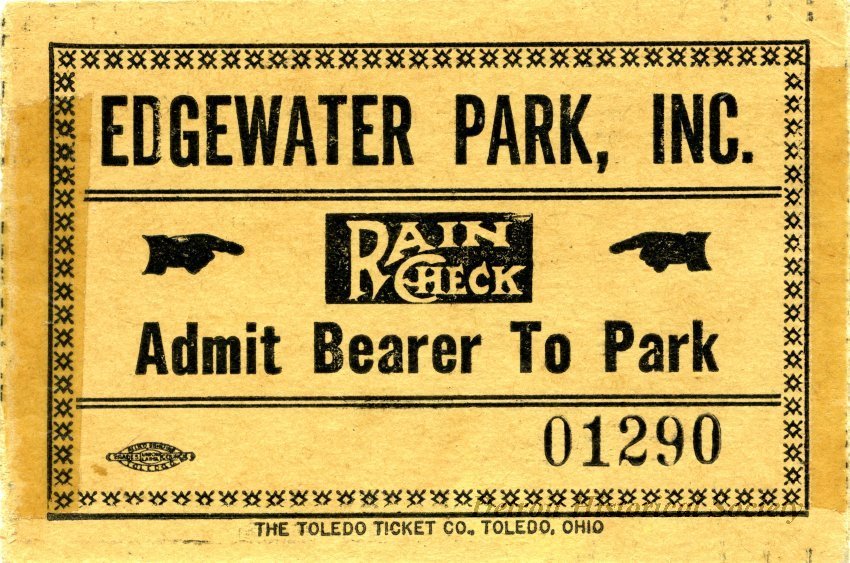Edgewater Park, a 23-acre amusement park at Seven Mile and Berg roads near Grand River Avenue, on Detroit’s West Side, opened on July 2, 1927. It quickly became one of Detroit’s most popular recreation spots, particularly during the Great Depression and World War II, when it provided an inexpensive way to have fun and forget one’s worries for a short while. In 1947 the park was purchased by Henry Wagner, a former employee of Detroit’s Electric Park. Edgewater was his third park, after Eastwood and Jefferson Beach. That same year he increased the number of Edgewater’s rides from seven to 23.
The park featured popular attractions such as the wooden roller coaster “Wild Beast,” a gigantic 110-foot Ferris wheel, and the “Hall of Mirrors.” Managed by the Wagner sons after Henry’s death in 1952, the family continued to invest in Edgewater Park, as they closed other parks. In 1960, one son, Milton, came up with the idea of “pay one price” or POP. Customers could ride as many rides, for as many times as they wanted, for $1.50 a day. The idea was a hit and helped sustain the park a little longer.
The park continued into the sixties and seventies, a popular spot for family fun. A concert was at one point included in the weekend ticket price, and featured Motown artists among others, which made the park a popular spot with teenagers. Eventually the park could not compete with the larger amusement parks like Bob-Lo and Cedar Point with their more numerous and sophisticated rides. It closed on September 13, 1981 and Greater Grace Temple now occupies the site.
